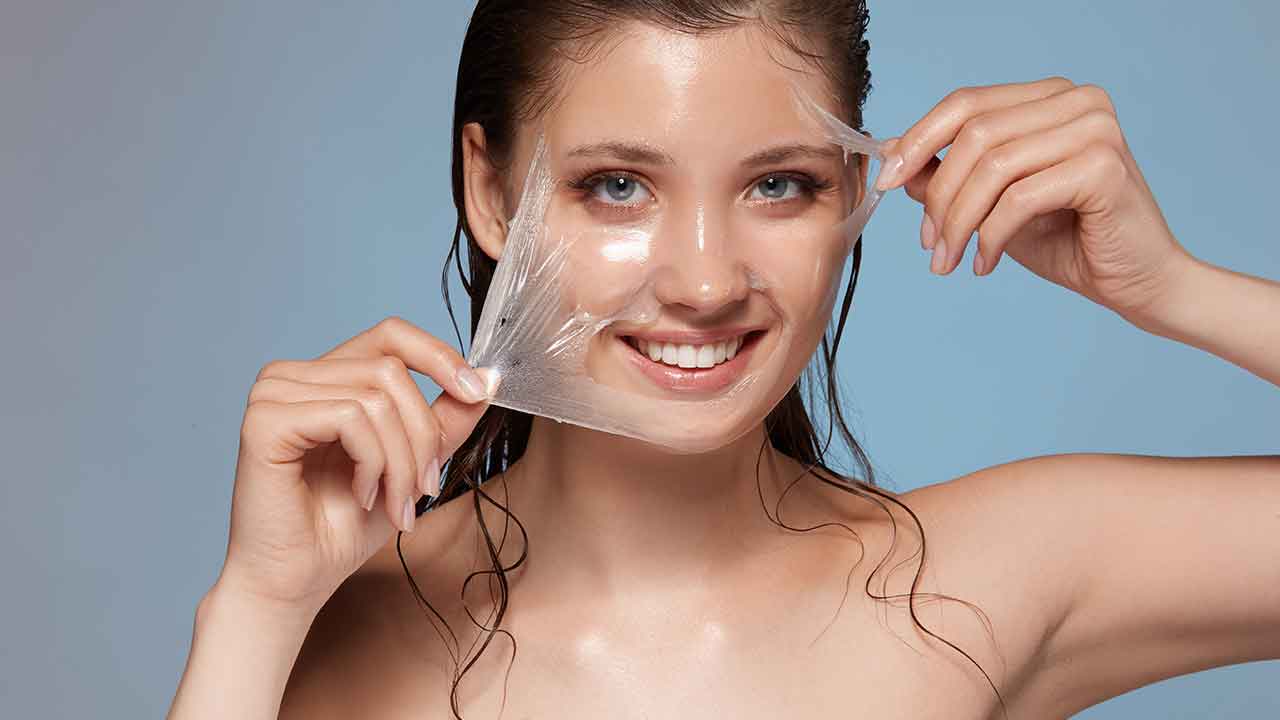Chemical peeling is a popular skincare treatment that uses a variety of chemicals to remove the top layer of skin. It has many benefits for people who want to improve their appearance.
Some of the most common chemical agents used in chemical peels include glycolic acid, lactic acid, salicylic acid, mandelic acid, and trichloroacetic acid (TCA), as these acids work together to break down the outer layers of skin cells.
Chemical peeling helps treat many different types of skin conditions:
- Dyschromias: Freckles, Lentigines, Melasma, Fixed drug eruption, Post-inflammatory hyperpigmentation.
- Acne: Comedonal acne, Acne excoriate, Post acne hyperpigmentation, Superficial mild post-acne scarring
- Cosmetic & Epidermal: Fine wrinkling, Photoaging, Dilated pores, Milia, Seborrheic Keratosis, Actinic keratoses, Warts
There are a variety of reasons why someone might want to have chemical peeling done. Some people use it as a way to treat skin problems such as acne, age spots, or rough patches. Others use it for cosmetic purposes, such as removing unwanted wrinkles or blemishes. Chemical peels can also be used in combination with other treatments (such as lasers) to achieve better results.
As chemical peel is a non-invasive procedure, there are little to no side effects. It is suitable for all kinds of skin.
A chemical peel is also used to treat large body surface areas like back and under arms pigmentation and Thigh pigmentation.
Benefits of Chemical Peeling:
– It treats acne. Acids break down oil cells and help clear up your complexion quickly.
– It restores lost volume and enhances texture. Heavy scarring may become less noticeable after treatment due to increased collagen production.
– It reduces redness and inflammation caused by acne outbreaks
There are several types of chemical peeling:
- Superficial Chemical peeling: Superficial peels target depth penetration to remove mild rhytids, Photoaging, Actinic and seborrheic keratoses, Acne, and Dyspigmentation in form of melasma and to improve overall textural alterations of skin
- Glycolic acid peel: it is basically indicated for Melasma, Post-inflammatory hyperpigmentation, a series of 35% GA peels has produced good results. Photodamage, in the form of dyschromia, actinic keratoses, solar lentigines, and fine wrinkling. With GA peels, there was an improvement in mild photoaging of the skin Acne, acne scars, and seborrhea.
- Salicylic acid peel: it is a beta-hydroxy acid. ¨Naturally occurring substance found in the bark of willow tree. Ranges in concentration from 20–30% and peels are performed every 3–4 weeks for three to five sessions. Safe and efficacious in all skin types
- Trichloroacetic acid: ¨Produces superficial peeling. These strengths, indicated for the treatment of fine rhytids, actinic damage, mild epidermal dyschromia, reduction of superficial keratoses, scars, and comedone formation
Treatment intervals between applications are generally within 7–28 days
There are a number of different types of chemical peels, each with its own benefits.
Your dermatologist will choose chemical peeling based on:-
- Based on skin type
- Based on the degree of photoaging
What to do after chemical peeling?
- Strict sun avoidance and sun-protective measures during the postoperative period
- Patients should be counseled not to smoke, as it impairs healing
- After the peel, the patient should be advised to avoid sun exposure, facial scrubs, loofahs, picking at the peeling skin, taking steam inhalation, and using creams that cause exfoliation.
- The patient must be instructed to use broad-spectrum sunscreen during the day, and a moisturizer at night.
So, now you know about the different types of chemical peeling that are available.
You can consult with your doctor before deciding whether or not to get chemical peeling done. Remember, there’s no harm in trying out options if you do so responsibly!
Newer peels like yellow peels, glow peels, party peels, and black peels are combination peels that your doctor can advise looking at your skin.
Priyadarshini skin clinic provides all the options.
Consult Priyadarshini skin clinic.

